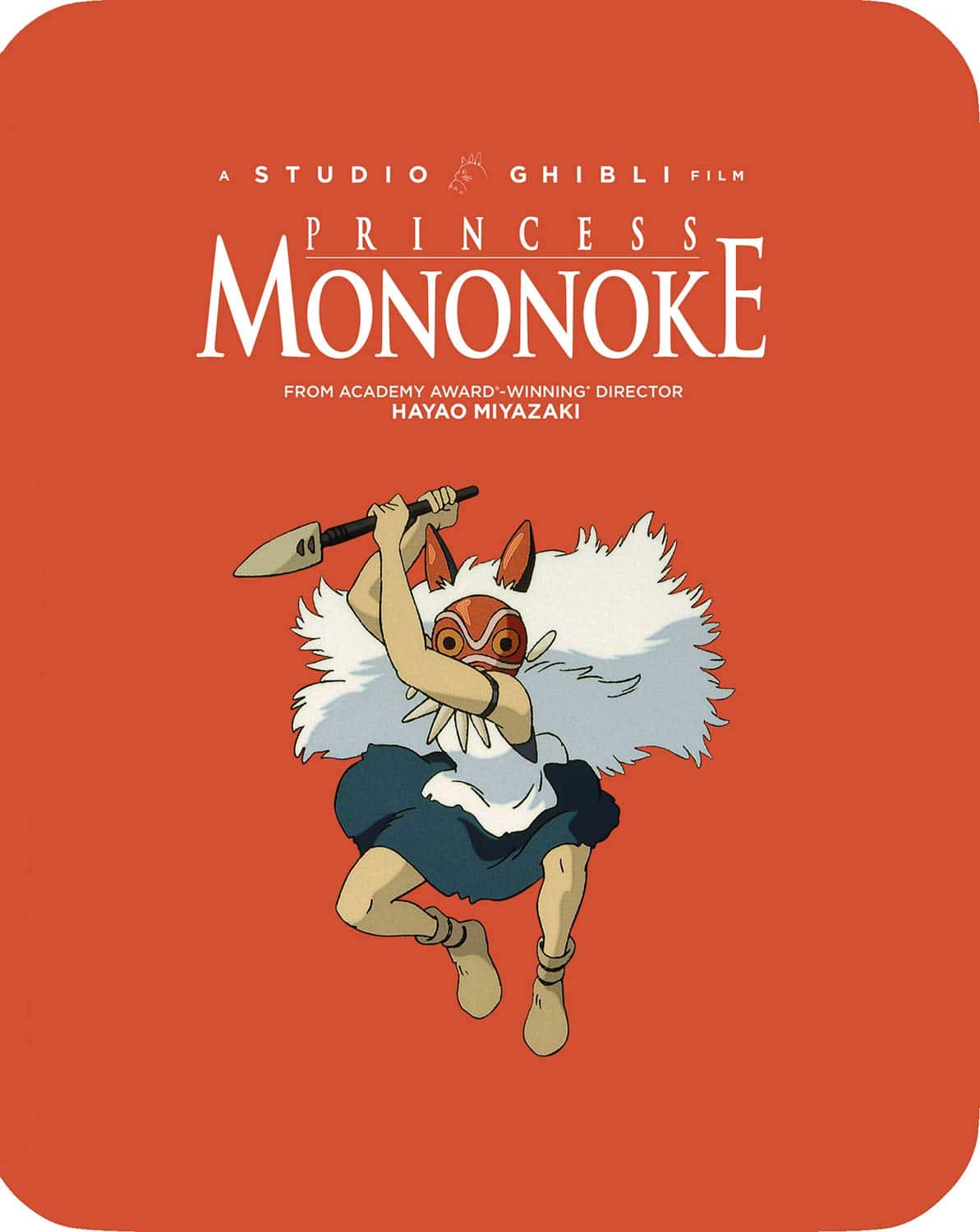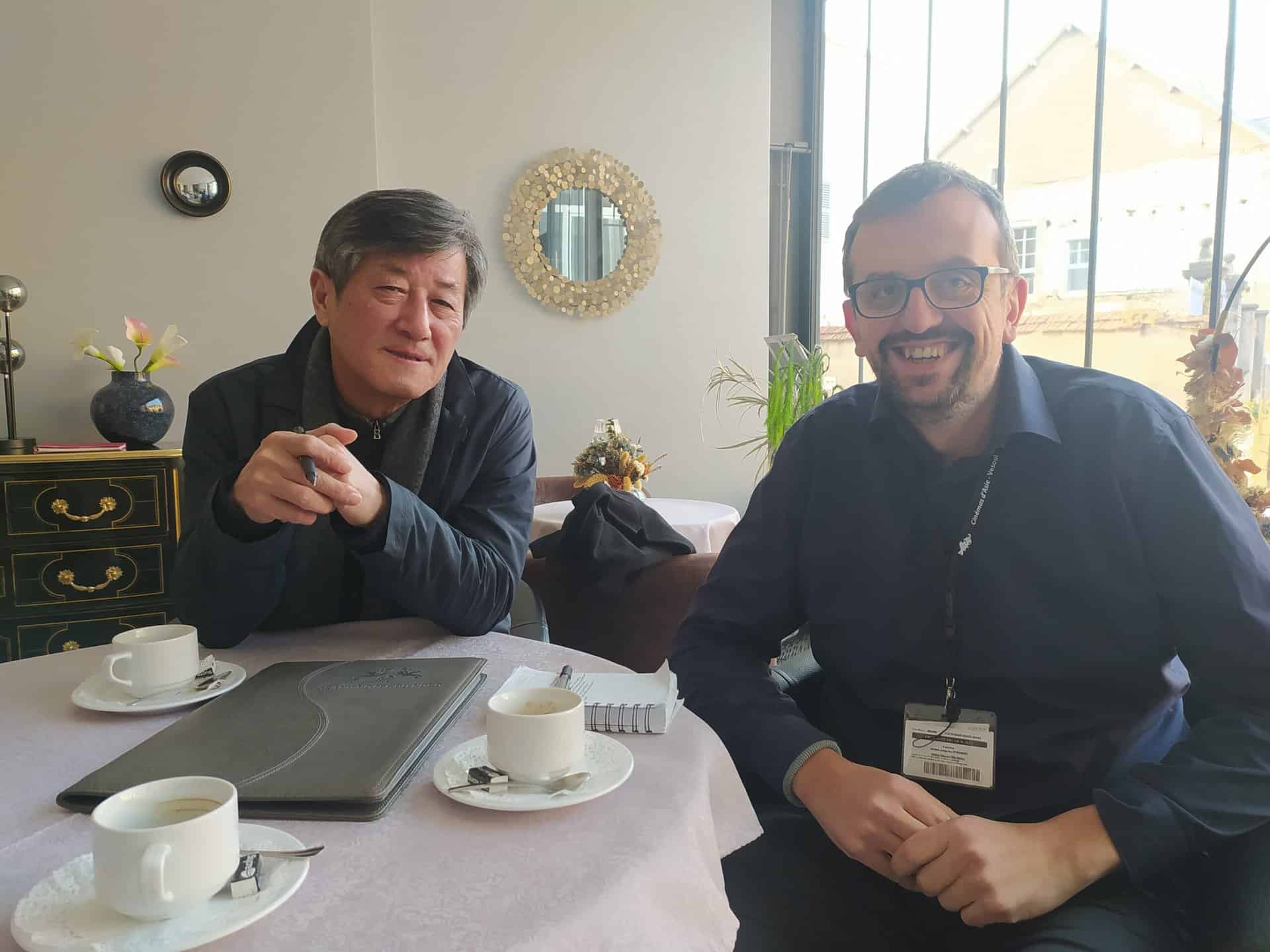5. Howl's Moving Castle (2004)

The film moves in the regular combination of surrealism and allegory, highlighting the consequences of war, particularly on children. At the same time, Miyazaki, who shot this film to show his distaste for the 2003 Iraq War, actually shows the idiocy of combat through Madame Suliman, who has only sadistic motives to create conflict. In that fashion, he also showed that the conflicts in the modern world are instigated due to the desires of bloodthirsty people. Furthermore, Miyazaki presents a number of antithetical concepts, like romanticism and sensitivity against warmongering, and the naivety of childhood against the megalomania of the grown ups. (Panos Kotzathanasis)

4. My Neighbor Totoro (1988)

Miyazaki creates a universe where childhood and its perspective of the world is the rule, with the Japanese master highlighting, once more, his knowledge of children's psyche. This trait extends both to character creation and the animation of the two girls, whose movements are impressively natural and realistic, and even succeed in portraying their age difference.(Panos Kotzathanasis)
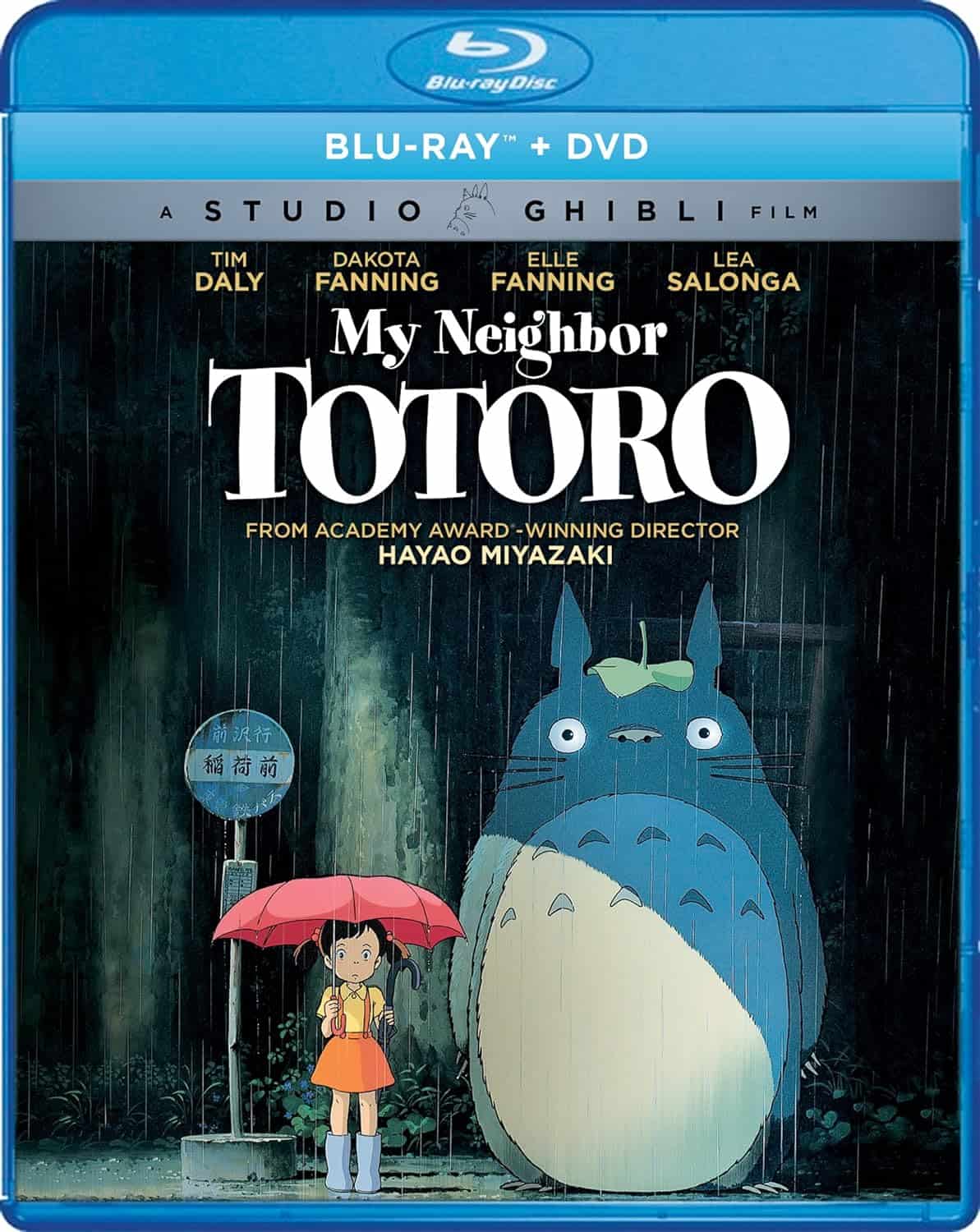
3. Nausicaa of the Valley of the Wind (1984)
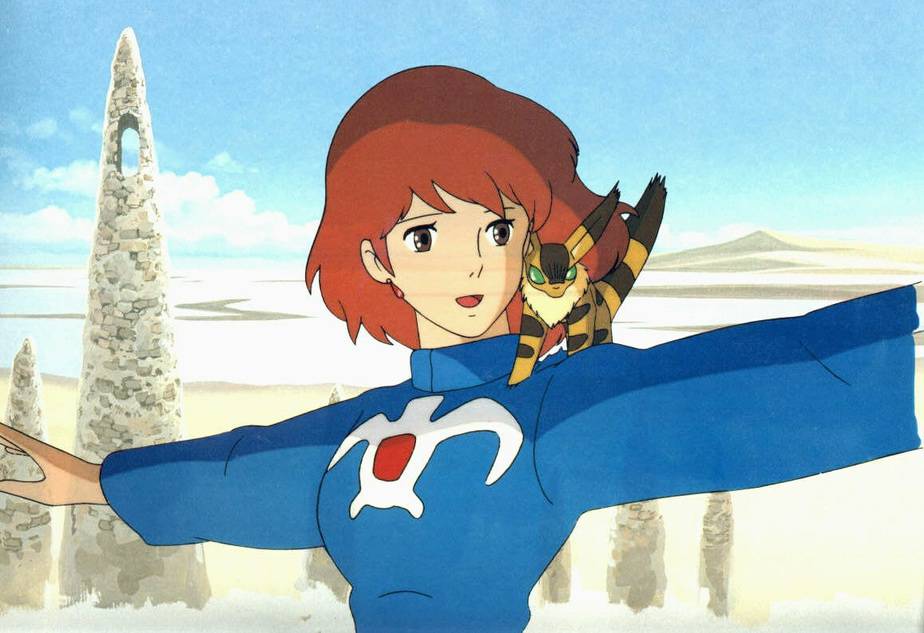
The combination of all the aforementioned elements is presented here with a rawness that Miyazaki did not exhibit in his later productions, which were mostly addressed to children (visually at least) and thus, much tamer. This element is what makes the particular title stand out in Miyazaki's filmography, for the no-punches-pulled presentation that essentially makes the title more adult-oriented (despite the PG-7 notice). The Tolmekian leader that lacks one hand due to her dealings with the toxic jungle, the many deaths, the red eyes of the Ohms, the fire and destruction, the many action scenes, the many injuries Nausicaa suffers, the torturing of the baby Ohm, the attack of the Fire Demon (courtesy of Hideaki Anno) all point towards this direction, which occasionally touches the borders of grotesqueness, despite the fact that Miyazaki surrounded this aspect with much beauty, and actually “justified” all the awful actions people resort to, due to fear. (Panos Kotzathanasis)
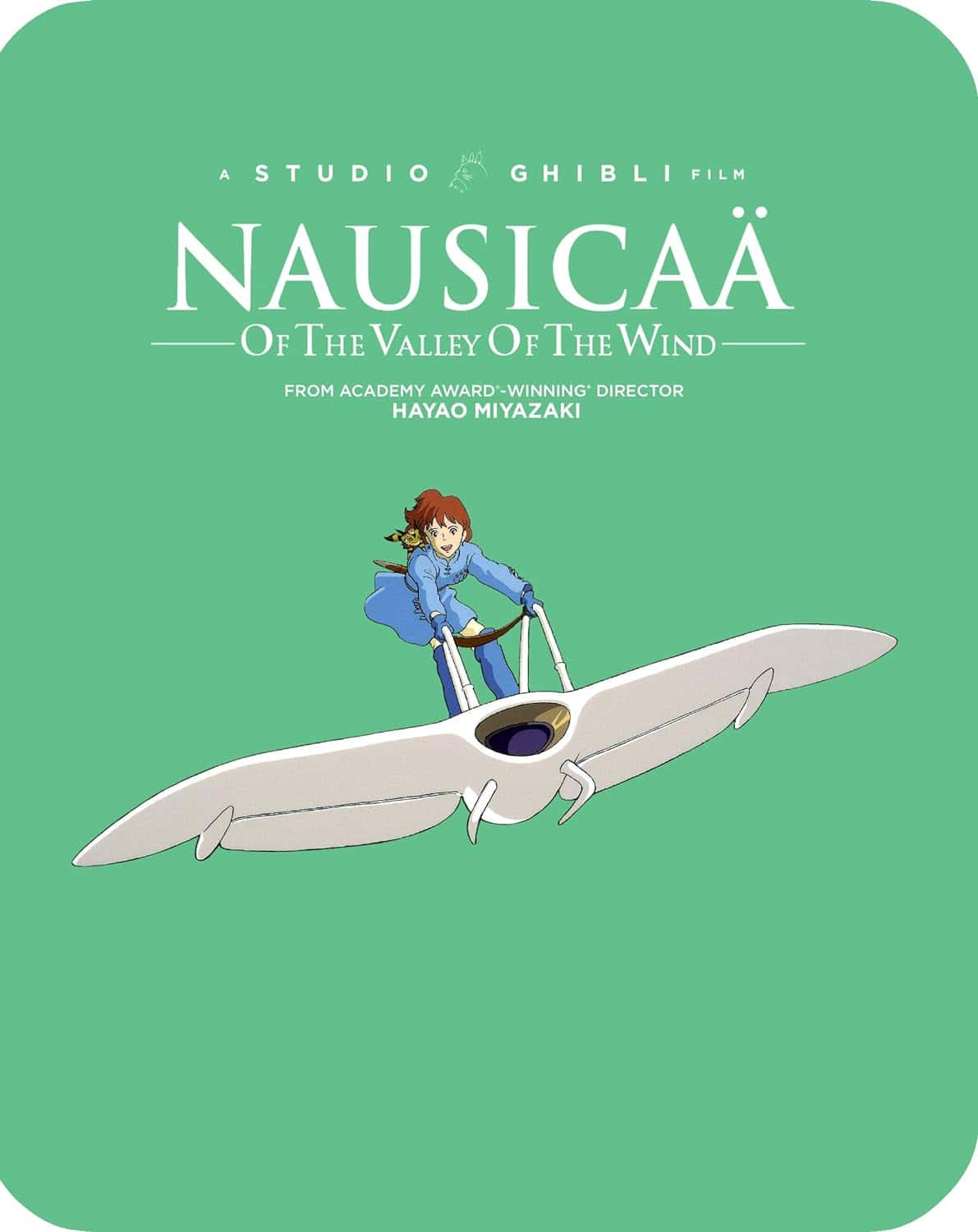
2. Spirited Away (2001)
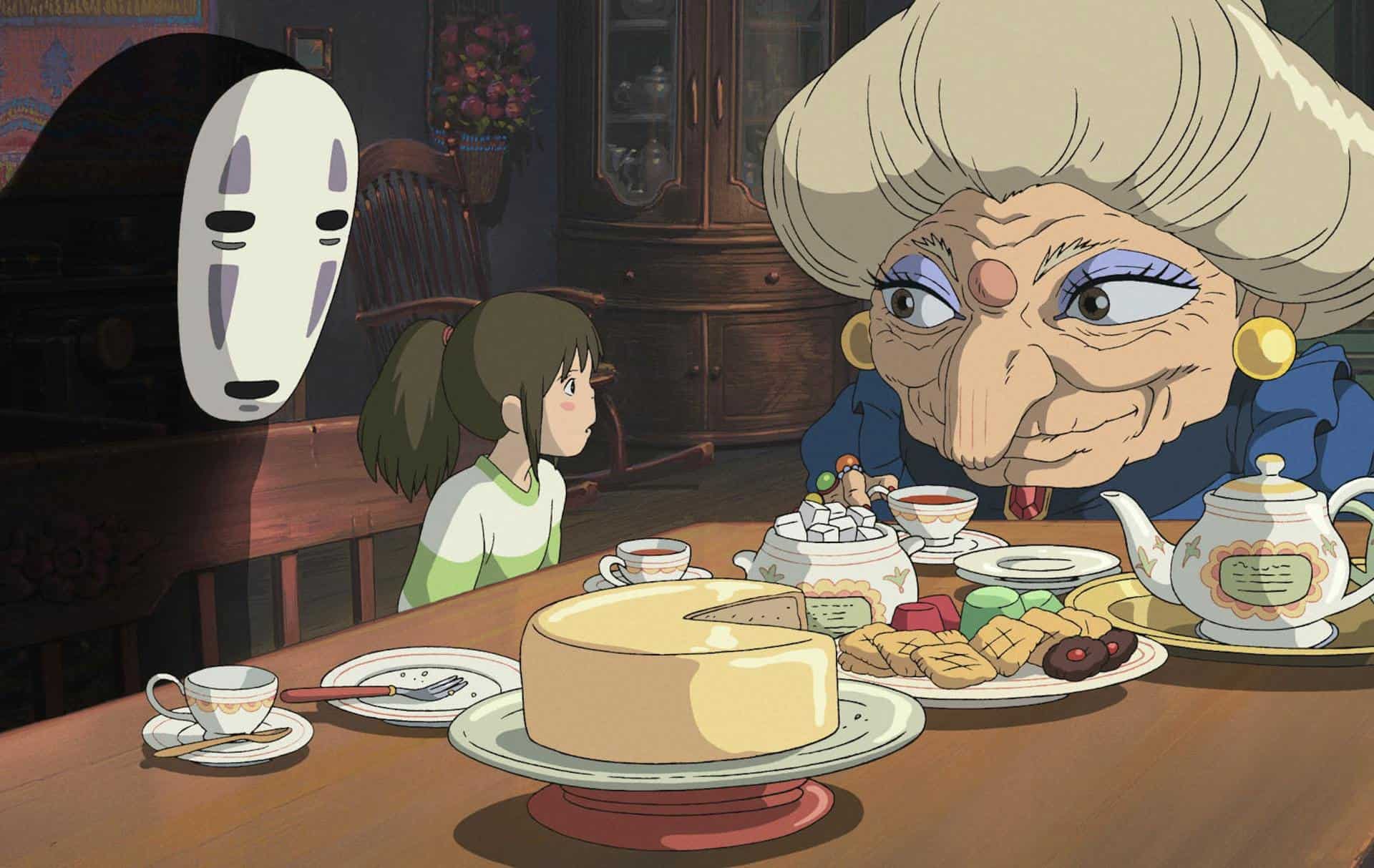
You can read “Spirited Away” on different levels. You may just follow the story, admiring its adventurous and imaginative qualities. You may watch it through the lens of coming of age story – as unusual as this one is, since in Chihiro's work in Yubaba's bath for Gods you can see the process of emancipation and gaining independence from parental care. Some researchers noted references to serious issues like child prostitution. And some mentioned the criticism of consumer society. The world of ‘Spirited Away” is the world of constant transitions and transformations, where reality is deceptive and the actual nature of things may appear different – what opens interesting philosophical contexts.(Joanna Konczak)
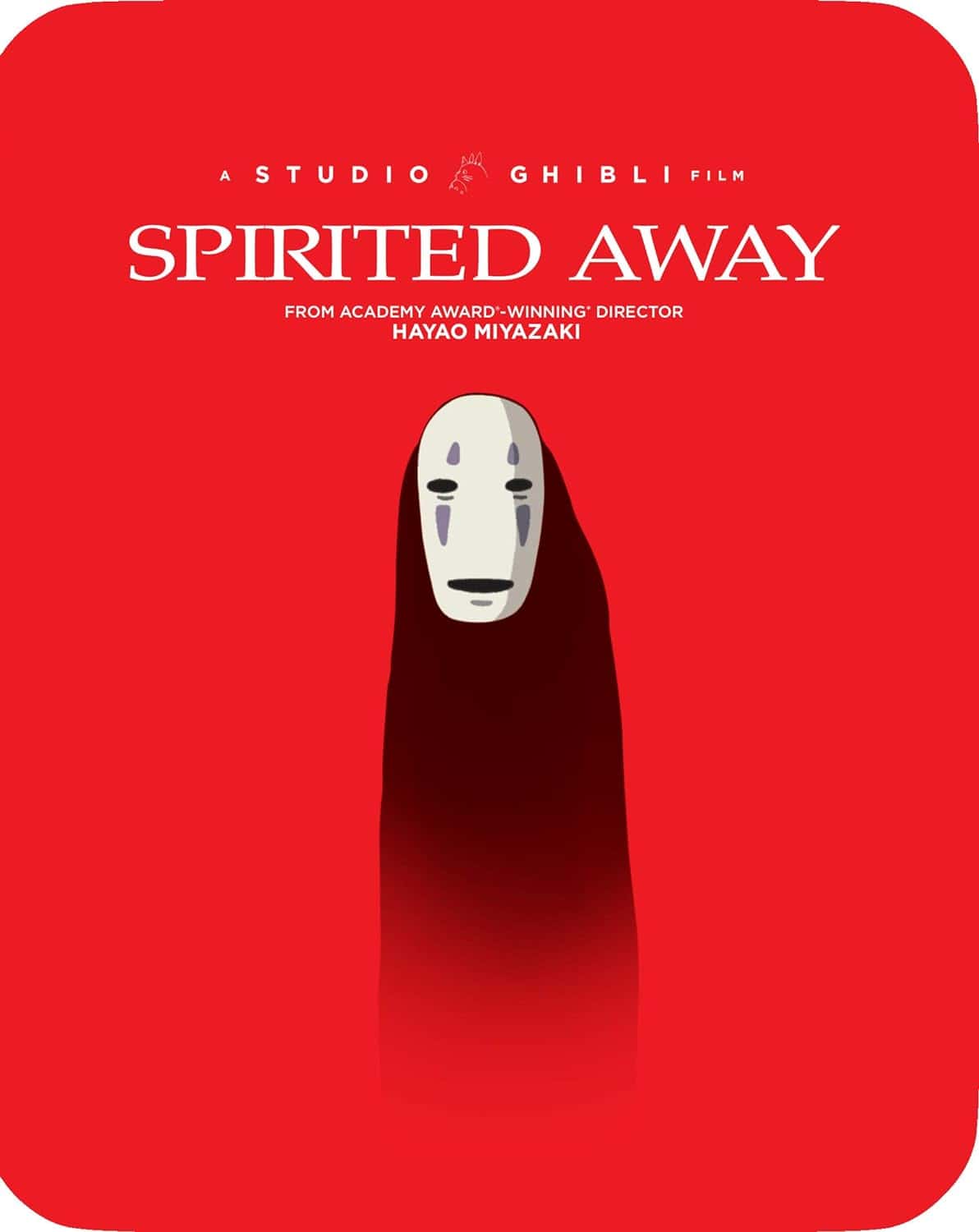
1. Princess Mononoke (1997)
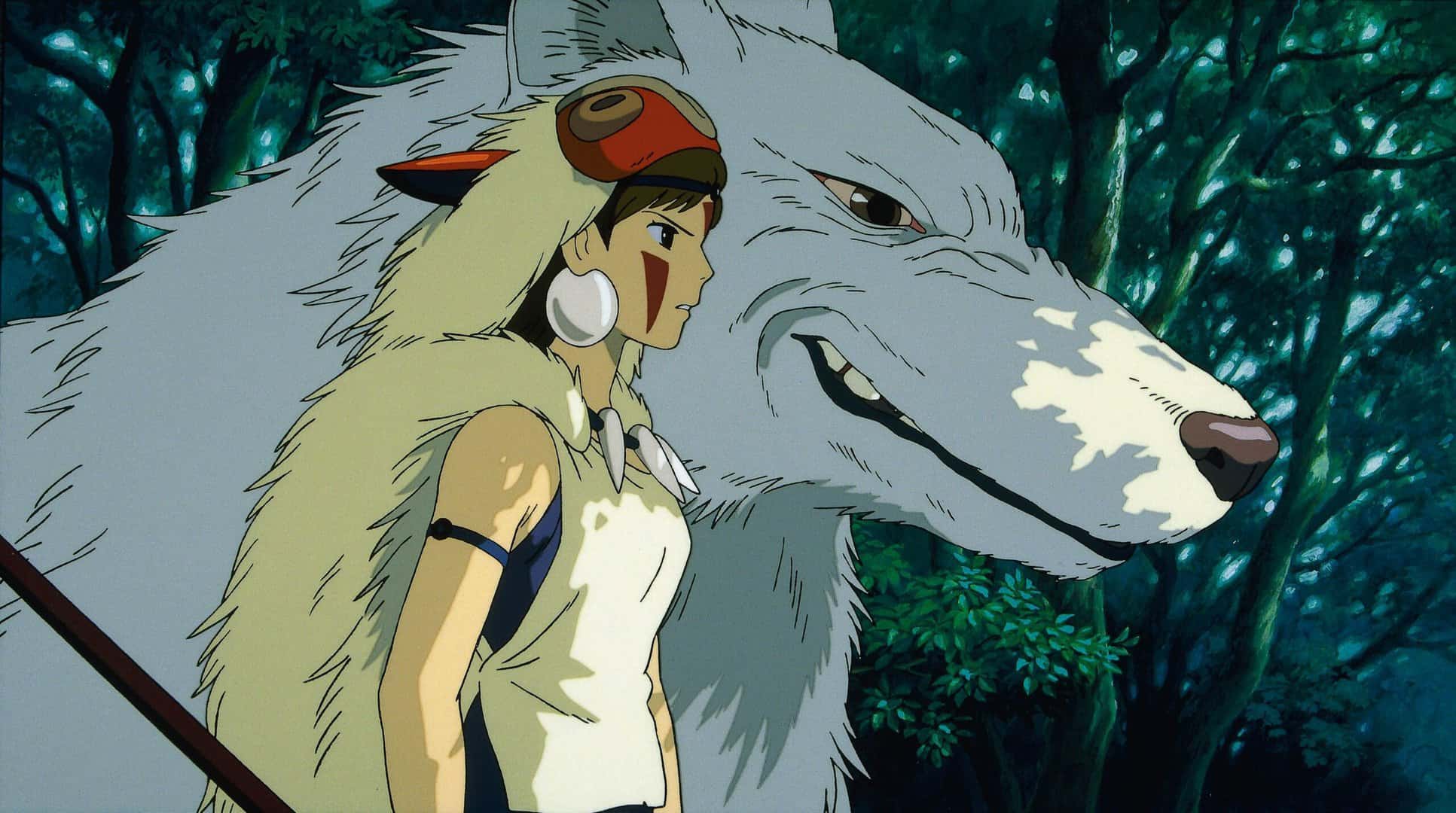
In a style similar to “Nausicaa of the Valley of the Wind” but much richer in context, Hayao Miyazaki manages to present a number of different comments, mostly having to do with the dark side of human nature, through an approach that could be described as lingering among mythology, western and road movie. The stupidity of people who are bound by ridiculous notions such as greed, revenge, and hate is the main source of critique in the anime, with Miyazaki highlighting the fact that even those who are good can have these sentiments in their soul and resort to despicable acts due to the them. Lady Eboshi, the most interesting character in the film, embodies this contradiction, with her having established a village where social outcasts are welcome, including former prostitutes and lepers who seem to love and be utterly faithful to her, but at the same time uses them to achieve her own goals, that include destroying the forest in order to produce weapons. This comment comes into a direct parallel with the “everlasting” dilemma between having a job and the type of job you have, which applies particularly to the people working in the weapon industry. (Panos Kotzathanasis)
